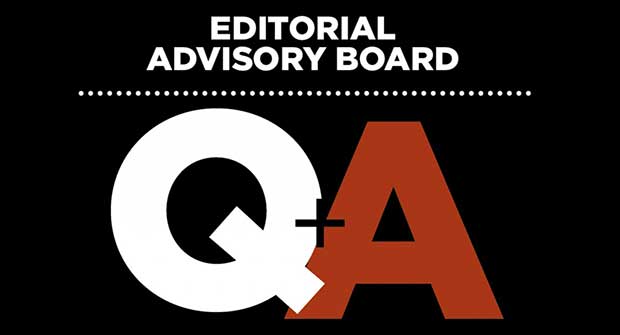It’s been a while since I wrote about the Endangered Species Act (ESA) and pesticides.
If this is the first time you’ve encountered this issue, when a federal government agency (like the Environmental Protection Agency) takes an action (like registering a pesticide) on a product that could harm or kill a threatened or endangered species, that action must be reviewed by either the U.S. Fish and Wildlife Service (FWS) or the National Marine Fisheries Service.
This has been the case for half a century, but for many very good reasons, the EPA has only completed these required reviews for 10 percent of all pesticides registered in the United States. As a result of numerous lawsuits brought by environmental groups against the EPA, federal courts put the agency on notice: Do what the law clearly demands, or we will take those pesticides off the market.
The EPA’s latest attempt to wrestle with the ESA began three years ago with the publication of a document that laid out a plan of action to finally put this issue to bed in a way that would efficiently evaluate pesticides that was legally durable. The agency’s goal was to construct a framework that could be used for each pesticide active ingredient during the registration process to mitigate its effects on off-target species.
For example, if you’re spraying a lawn for weeds, you know that the herbicide can easily kill the ornamentals that exist just inches away from the edge of the lawn. What might you do to protect the ornamentals? Perhaps your pesticide program is built around a best management plan that employs IPM protocols, or you could spot spray the weeds, or maybe use a Chemlawn spray gun that uses low pressure and huge droplets.
All those efforts would be considered mitigations.
The EPA has determined — correctly, in my estimation — that if you mitigate the off-target effects of pesticides for all species, then that means you are mitigating effects for threatened and endangered species, too. And if you can just be sure to use tactics such as edging correctly when spraying, deploying deflection devices and blowing off impervious surfaces when making granular applications, that goes a long way to achieving sustainability.
But wait … there’s more (You knew that was coming, didn’t you?)! What I described above is just a portion of what the EPA is considering under section 7 of the ESA. The FWS is currently evaluating whether the iconic monarch butterfly should be listed as a threatened species under section 4 of the ESA and if there should be an exception granted for pesticide use, both in agricultural and non-agricultural uses, such as in our industry.
As you might imagine, putting together an argument in favor of an exception is threading a very fine needle indeed. Fortunately, there was a precedent set in a previous decision made by the FWS regarding the Puerto Rican harlequin butterfly, an insect that has a similar obligate host relationship to the one the monarch has with milkweed. In our comments to FWS, which you can read at https://documents.landscapeprofessionals.org/LP/Advocacy/Documents/NALP-Monarch-ESA-Comments.pdf, we suggest similar mitigations based on employing best management practices for pollinators that are applicable to butterflies as well.
Nothing is going to change tomorrow, but as I gather all of the intel from all the initiatives going on right now in the pesticide world, I think that five years out we are going to be living in a very different world, one that will require more in-depth training, more recordkeeping, more preparation, less “spray and pray” and, finally, more accountability.
My goal is to make all those things digestible for the lawn and landscape industry. For all of this to work, we must have buy-in from the regulated community. I can envision working much of the compliance into the software that we already use so that it’s seamlessly done.
That said, we still have a lot of work ahead of us.


